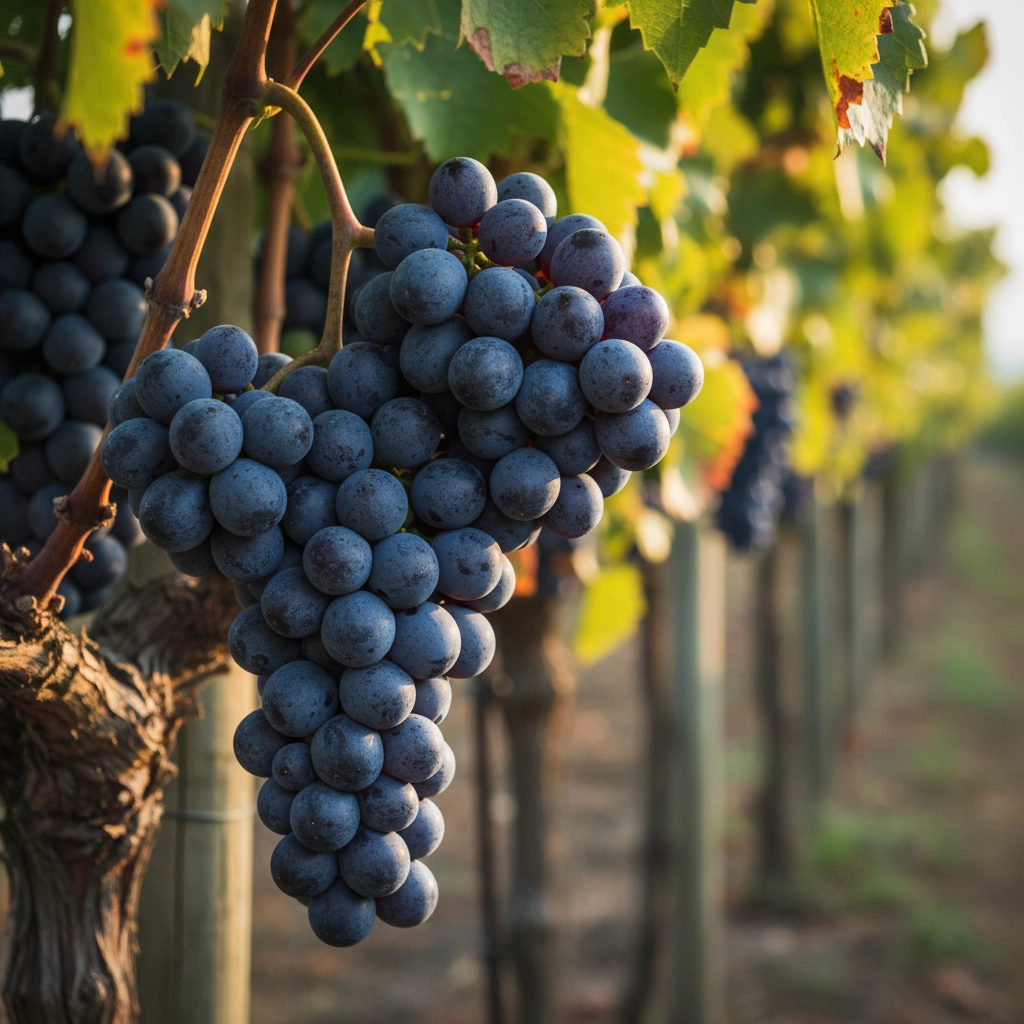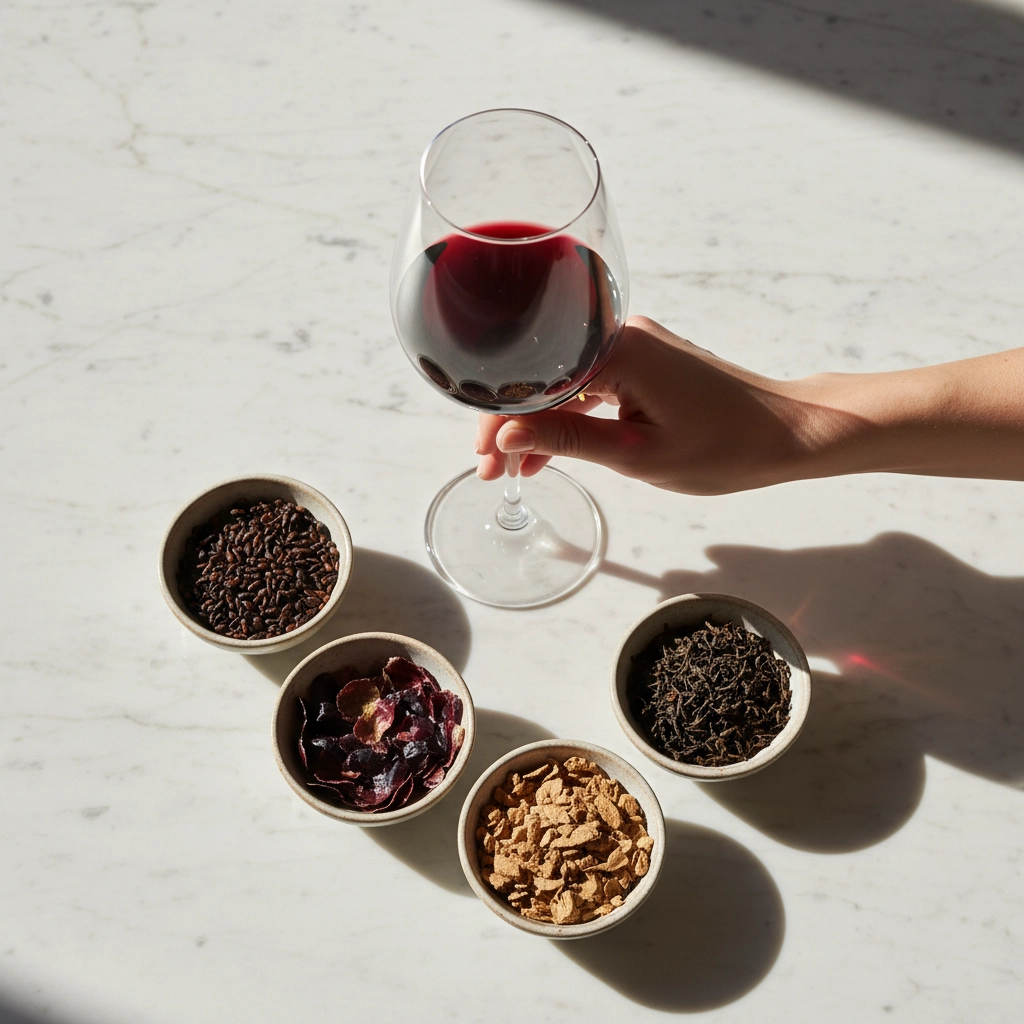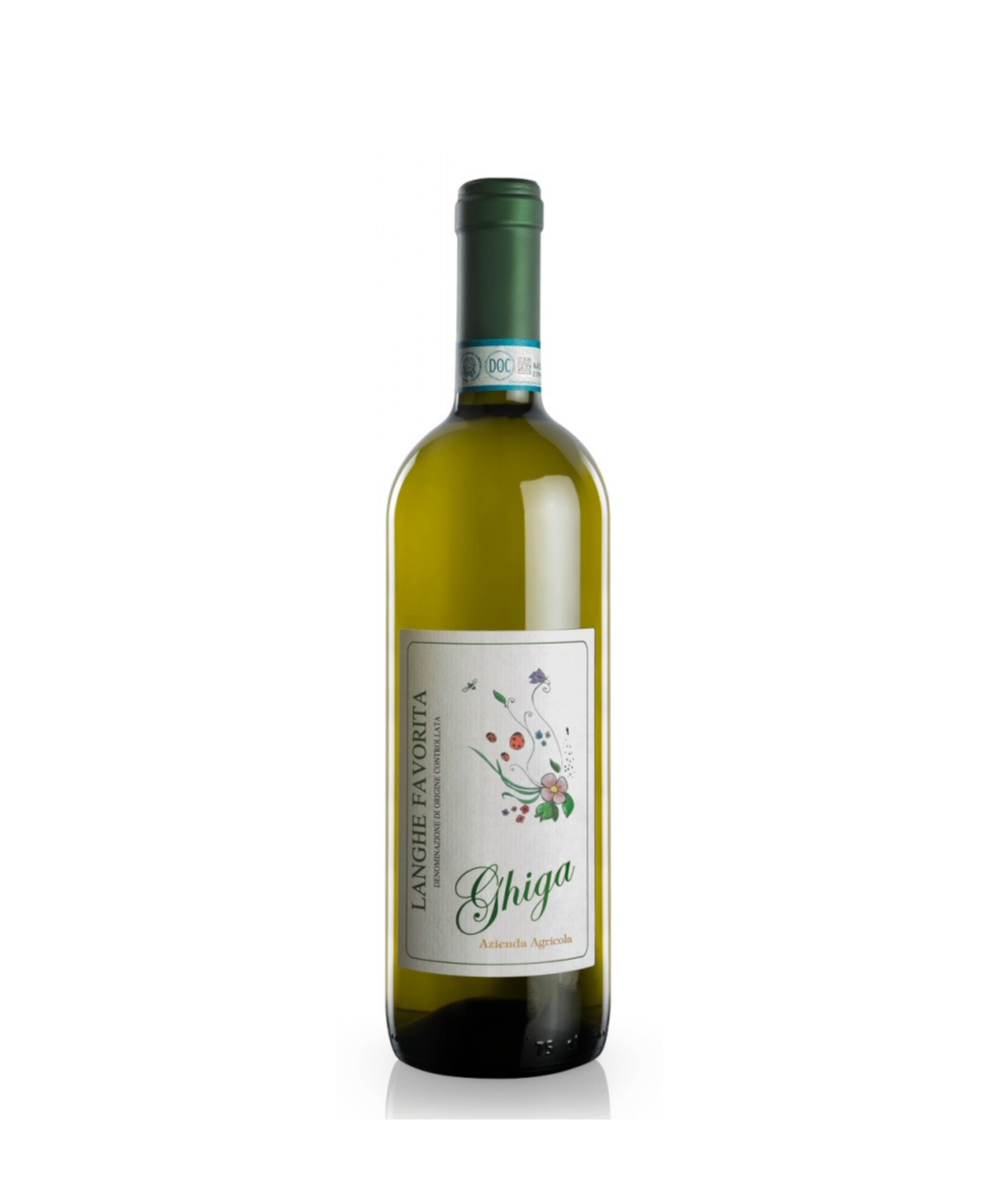Ever wondered why some wines make your mouth feel dry and puckered while others go down smooth as silk? The answer often lies in one crucial component: tannins. These compounds are one of wine’s most important building blocks, yet they’re frequently misunderstood by wine lovers. Let’s dive into the fascinating world of tannins and discover why they’re absolutely essential to creating wines worth savoring.
What Are Tannins, Really?
Think of tannins as nature’s protective shield. These naturally occurring compounds, scientifically known as polyphenols, are found throughout the plant kingdom: in everything from grape skins and seeds to tree bark and tea leaves. The name “tannin” actually comes from the ancient practice of using tree bark to tan animal hides, a process that relied on these same astringent compounds.
In wine, tannins are those complex molecules that add both bitterness and that distinctive dry, puckering sensation you feel on your tongue and gums. If you’ve ever placed a wet tea bag directly on your tongue, you’ve experienced pure tannin power: tea leaves are actually about 50% tannin by dry weight!
To put this in perspective, tannins are also what give dark chocolate its slight bitterness, walnuts their astringency, and pomegranates their mouth-drying quality. They’re everywhere in nature, serving as plants’ natural defense mechanism against being eaten before their time.

Where Do Wine Tannins Come From?
Wine tannins have two primary sources, each contributing different characteristics to your glass. Understanding these sources helps explain why wines can taste so dramatically different from one another.
From the Grapes Themselves
The most significant source comes directly from the grapes: specifically the skins, seeds, and stems. When grapes are crushed during winemaking, all these components mix together in what’s called the “must.” As this mixture sits and ferments, tannins gradually extract from these grape parts into the juice. This is why red wines, which spend extended time in contact with grape skins, typically have much higher tannin levels than white wines, where the skins are usually removed quickly.
Here’s something fascinating: plants evolved tannins as a survival strategy. The bitter, astringent taste was designed to discourage animals from eating the most crucial parts: the seeds, skins, and growing tips that are essential for reproduction and survival.
From Oak Barrels
The second source comes from oak barrels used during aging. Oak wood naturally contains tannins, and when wine ages in these barrels, it slowly absorbs these compounds along with those vanilla and spice flavors we associate with oak-aged wines. Oak-derived tannins tend to be softer and more integrated than grape tannins, adding complexity without overwhelming astringency.
The Two Types of Tannins You Should Know
Not all tannins are created equal. Wine contains two distinct categories, each with its own personality and purpose.
Condensed Tannins (The Heavy Hitters)
These come from grape skins, seeds, and stems, and they’re the ones primarily responsible for that dry, astringent sensation. Also called proanthocyanidins, these tannins are present in much higher concentrations: typically 2 to 4 grams per liter. They form long, complex molecular chains that can contain anywhere from 3 to 83 individual units. Skin tannins create longer chains than seed tannins, which is why winemakers carefully control how long grape skins stay in contact with the juice. These chains break down as the wines age. Parts can precipitate out of the wine and form the sediment in the bottle. As this happens the PH and therefore the colour of the wine changes.
Hydrolysable Tannins (The Gentle Giants)
These are extracted from oak barrels and are present in much smaller amounts: usually no more than 250 milligrams per liter. While they contribute to astringency, they’re better known for adding those desirable vanilla, spice, and toast flavors that make aged wines so compelling.

How to Taste and Identify Tannins
Learning to identify tannins is easier than you might think, and it’s a skill that will dramatically enhance your wine appreciation. Here’s how to tune into these important compounds:
Visual Clues First
Before you even taste, you can often predict tannin levels by looking at the wine. Red wines almost always contain more tannins than whites, though some white wines like certain oak-aged Chardonnays can surprise you with notable tannin presence. Deeper, darker red wines often (but not always) indicate higher tannin levels. Orange wines are great to taste when working on your tannin perception. These wines are traditionally made by leaving the whole fruit in small amphora so there is prolonged skin, stem and, seed contact. The prolonged natural extraction creates the colour and complexity of these wines.
The Tongue Test
When you taste, pay special attention to how the wine feels on the middle of your tongue and along your gums. High-tannin wines create that distinctive dry, gripping sensation that makes your mouth feel like it needs moisture. Your teeth might even feel slightly coated or rough.
The Swallow Factor
Notice what happens after you swallow. Do your cheeks and the inside of your mouth continue to feel dry? Does the sensation linger? These are telltale signs of tannic wines. Lower-tannin wines tend to leave your mouth feeling relatively neutral or even slightly juicy.
Why Tannins Matter: The Magic Behind the Molecule
Tannins aren’t just there to challenge your palate: they serve several crucial functions that make wine the complex, food-friendly beverage we love.
Structure and Balance
Think of tannins as wine’s backbone. They provide structure and weight, creating a framework that supports all the other flavors. In well-made wines, tannins work in harmony with acidity, alcohol, and fruit flavors. No single element dominates; instead, they create a beautiful balance that makes each sip interesting and satisfying.
This balance is particularly important for food pairing. Tannic wines that might seem harsh on their own often become magical partners for rich, fatty foods. The tannins cut through richness and cleanse your palate, preparing it for the next delicious bite.

Aging Potential: The Long Game
Here’s where tannins truly shine: they’re essential for a wine’s ability to age gracefully over years or even decades. Young, tannic wines might seem unforgiving now, but those same tannins act as natural preservatives, slowly evolving and softening over time.
As wine ages, tannin molecules undergo fascinating structural changes. They combine with other compounds, growing larger and eventually becoming so heavy they precipitate out as sediment. This process gradually transforms harsh, astringent young wines into smooth, complex mature wines. It’s also why you’ll notice young purple wines slowly shift to brick-red colors as they age.
Health Benefits: The Bonus Round
Beyond their role in wine structure and aging, tannins offer potential health benefits. They act as antioxidants, helping resist oxidation in your body. Research comparing wine tannins to tea tannins shows that wine tannins actually demonstrate superior antioxidant properties.
While some people worry about tannins triggering headaches, it’s worth noting that eliminating them entirely would mean giving up chocolate, nuts, tea, apple juice, and many other everyday foods and beverages.
Food Pairing Enhancement
Tannins transform wine from a solo act into the perfect dining companion. Their astringent properties work beautifully with protein-rich foods, cutting through fat and cleansing your palate between bites. This is why a bold Cabernet Sauvignon pairs so magnificently with a juicy steak, or why a tannic Barolo elevates a rich, mushroom-heavy risotto.
Understanding Tannins: Your Path to Better Wine Enjoyment
Tannins might seem like wine’s challenging cousin at first, but understanding them opens up a whole new world of wine appreciation. They’re not obstacles to overcome: they’re features to embrace and understand.
Next time you’re tasting wine, take a moment to really focus on how it feels in your mouth. Notice the interplay between tannins and other components. Appreciate how they contribute to the wine’s structure and complexity. And remember: those mouth-drying sensations aren’t flaws: they’re often signs of a wine with serious aging potential and food-pairing versatility.
Whether you prefer the gentle embrace of low-tannin wines or the bold statement of highly tannic bottles, understanding tannins helps you make better choices and enjoy wine more deeply. After all, wine is about more than just flavor: it’s about texture, structure, and the complete sensory experience that makes each bottle a journey worth taking.



